In the ever-evolving landscape of fashion and cultural expression, the choices individuals make regarding their attire can carry profound cultural, religious, and personal significance. One such topic that has been a focal point of discussions is the comparison between Hijab vs Niqab, particularly in the context of the trends anticipated in 2024.
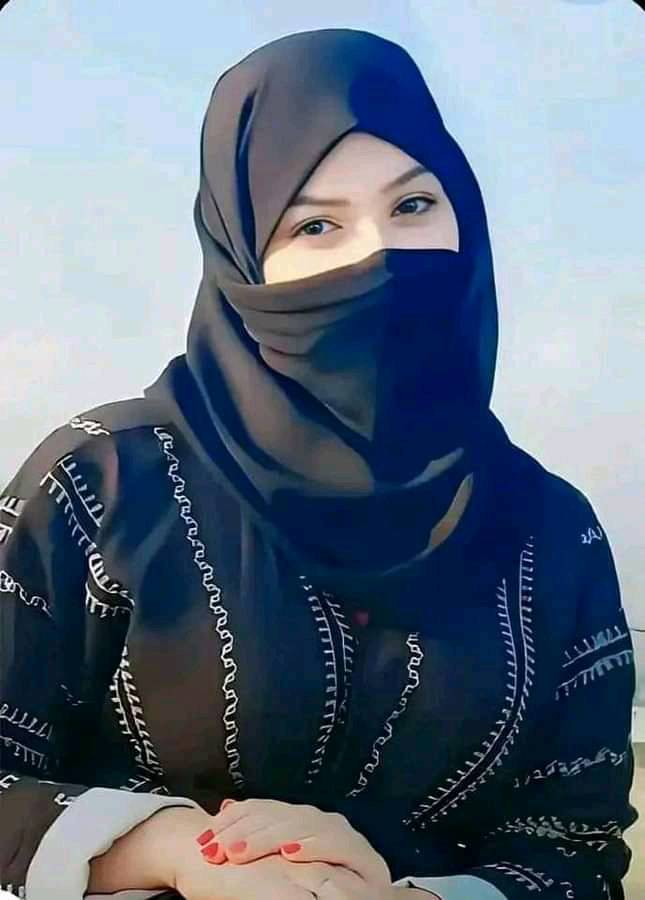
Table of Contents
Understanding Hijab Vs Niqab
2.1 What is Hijab?
Hijab, in its broadest sense, refers to modest dressing in Islam. It involves covering the head and chest while leaving the face exposed.
2.2 What is Niqab?
Niqab, on the other hand, is a more comprehensive form of covering in Islam. It includes the headscarf, covering the face, with an opening for the eyes.

Historical Significance
3.1 Hijab Through History
To comprehend the contemporary significance of Hijab, it’s essential to delve into its historical roots, tracing its evolution and adaptations over the centuries.
3.2 Niqab Through History
Similarly, Niqab has a rich history that has been shaped by cultural and religious developments.
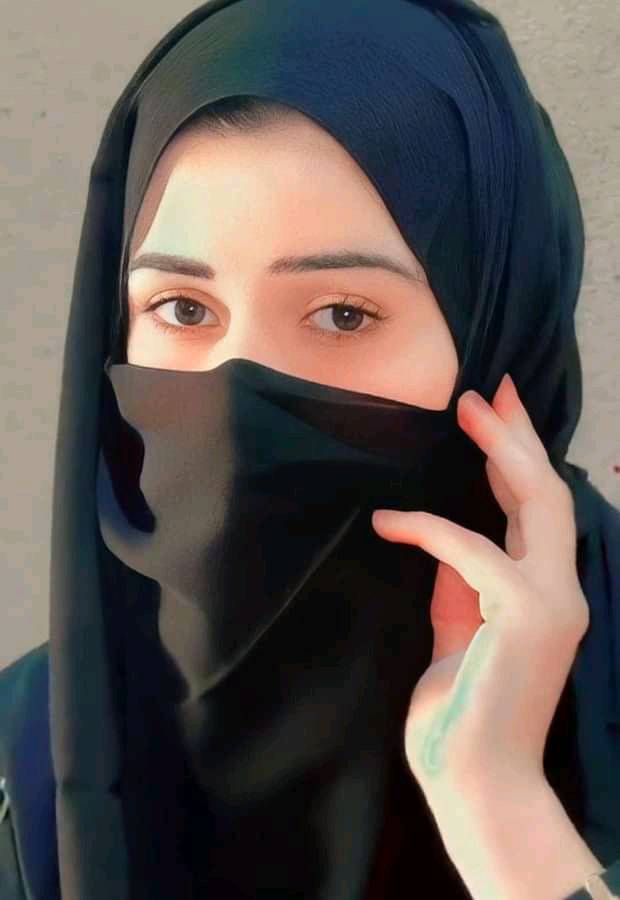
Cultural Perspectives
4.1 Hijab in Different Cultures
Beyond its Islamic roots, Hijab has found resonance in various cultures, each infusing its unique elements into the practice.
4.2 Niqab in Different Cultures
Niqab, although more specific to certain Islamic traditions, has also seen variations across different societies.

Modern Trends in 2024
5.1 Hijab Fashion
In the contemporary world, Hijab has become a powerful medium of self-expression and a burgeoning industry in the fashion landscape.
5.2 Niqab in Contemporary Society
Niqab, often subjected to misconceptions, is undergoing a transformation in terms of acceptance and adaptation in modern societies.
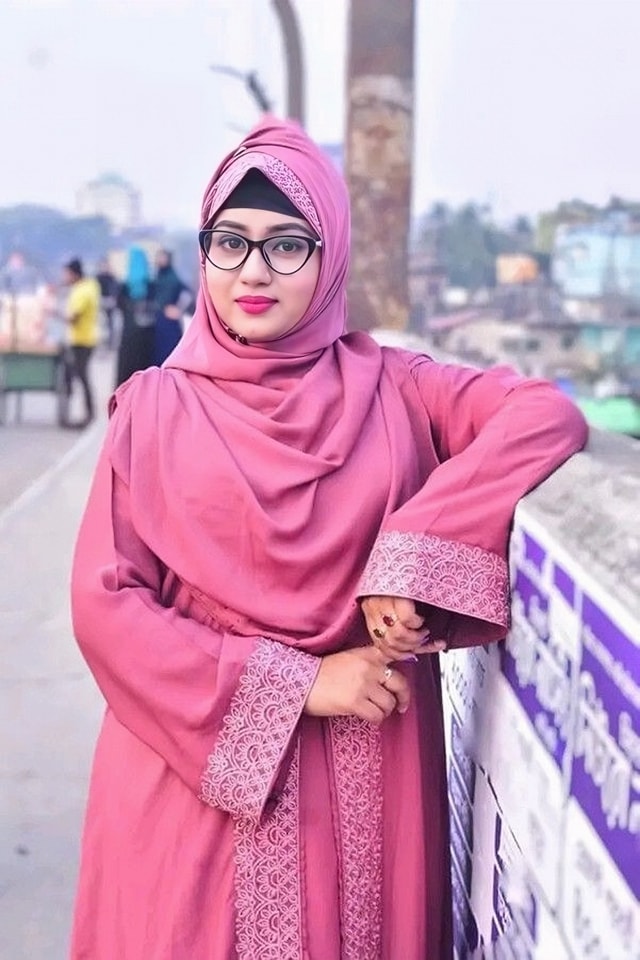
Perplexity of Choice
6.1 Individual Preferences
The choice between Hijab and Niqab is deeply personal, influenced by individual convictions, beliefs, and comfort levels.
6.2 Societal Influences
Societal expectations and perceptions play a significant role in shaping individuals’ choices, adding a layer of complexity to the decision-making process.

Burstiness of Fashion
7.1 Breaking Stereotypes
Hijab vs Niqab have become tools for breaking stereotypes, challenging preconceived notions, and fostering inclusivity.
7.2 Empowerment Through Clothing
The fashion industry’s embrace of diverse styles has empowered individuals to use clothing as a means of self-empowerment and cultural celebration.
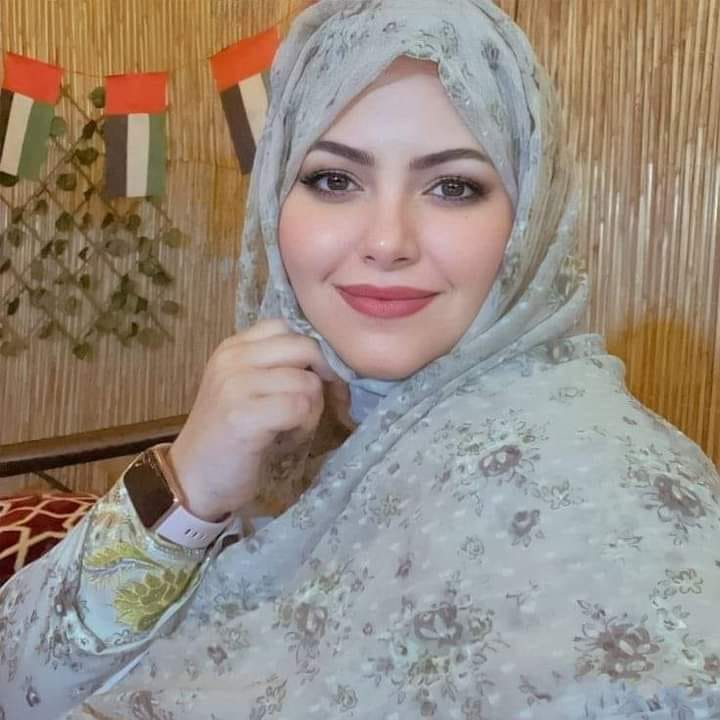
Balancing Tradition and Modernity
8.1 Evolution of Styles
The intersection of tradition and modernity is evident in the evolving styles of both Hijab and Niqab.
8.2 Challenges and Acceptance
Yet, this evolution is not without challenges, with societal acceptance often lagging behind the progressive changes in fashion.
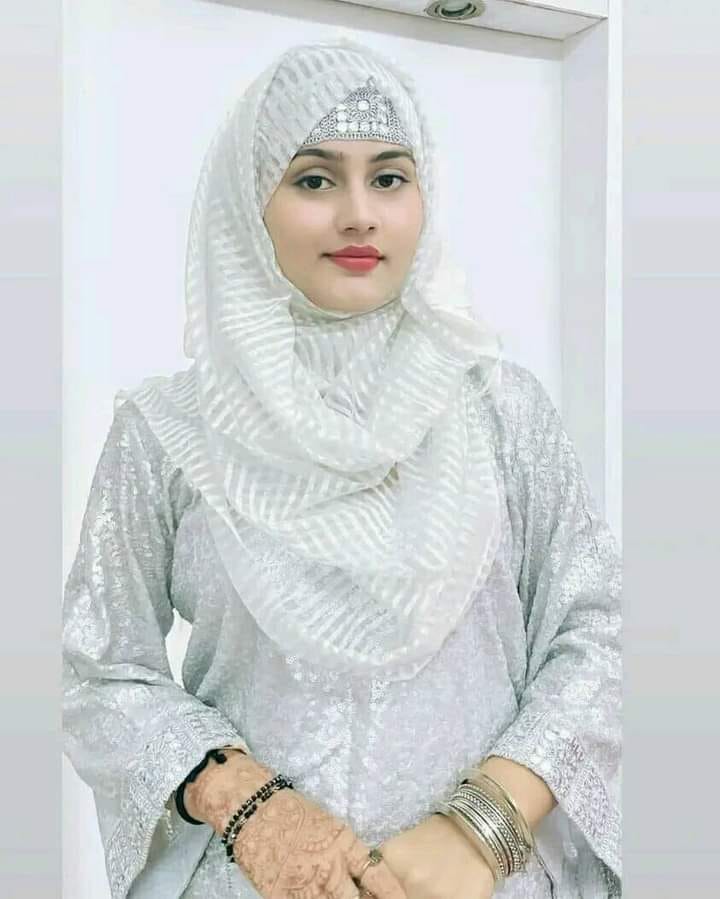
Hijab Vs Niqab in the Global Context
9.1 Misconceptions
Addressing the misconceptions surrounding Hijab and Niqab is crucial for fostering understanding and tolerance on a global scale.
9.2 Cultural Appreciation vs. Appropriation
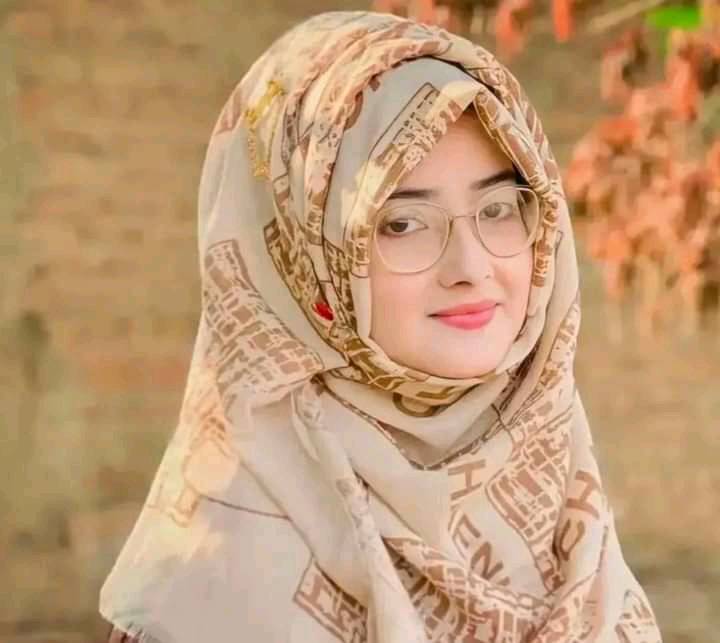
Distinguishing between cultural appreciation and appropriation is essential in discussions about religious attire.
Impact on Identity
10.1 Expression of Faith
For many, wearing Hijab or Niqab is not just a fashion choice but a profound expression of their faith and identity.
10.2 Personal Empowerment
The act of choosing one’s attire can be a deeply empowering experience, allowing individuals to reclaim control over their narrative.
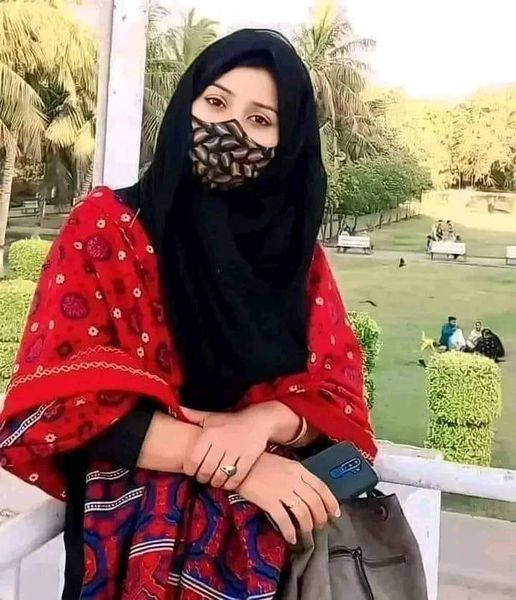
Media Representation
11.1 Positive Portrayals
Positive media portrayals can reshape public perceptions, challenging stereotypes associated with Hijab and Niqab.
11.2 Challenges and Stereotypes
However, challenges persist, as media representations often fall prey to perpetuating stereotypes and misconceptions.
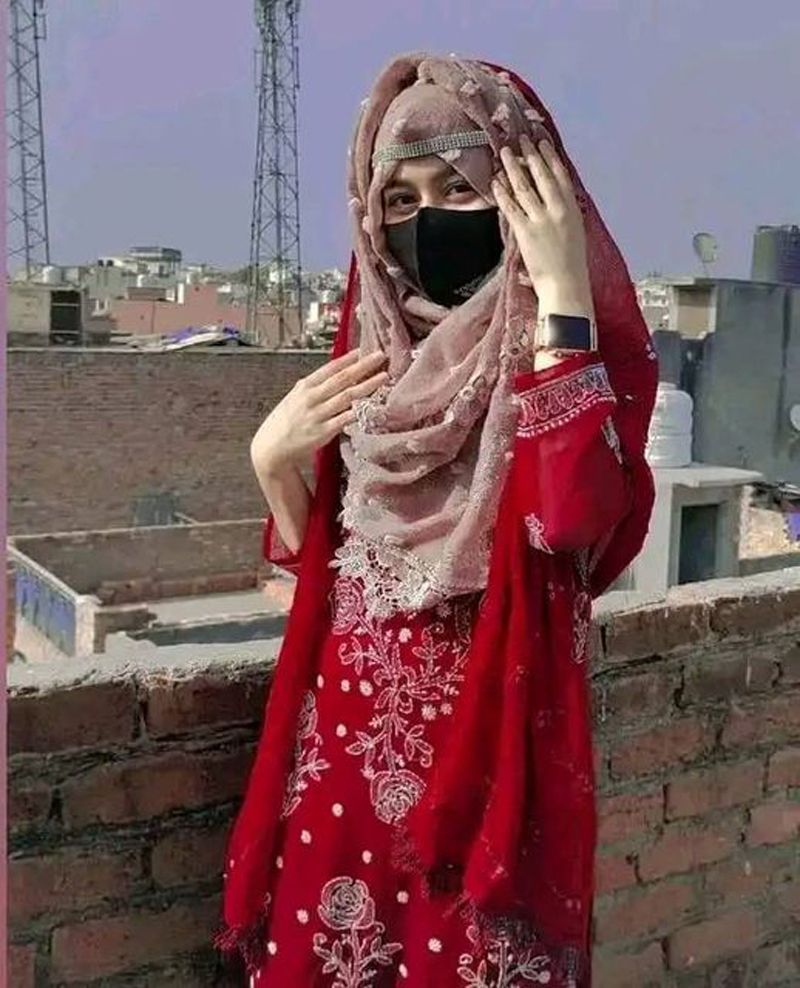
Engaging in the Conversation
12.1 Social Media Movements
Social media has become a powerful platform for individuals to share their stories, challenge stereotypes, and advocate for understanding.
12.2 Intersectionality
Considering the intersectionality of identities is crucial in fostering a nuanced and inclusive conversation about Hijab and Niqab.

Common Misunderstandings
13.1 Differentiating Hijab Vs Niqab
Clarifying the distinctions between Hijab and Niqab is a fundamental step in dispelling common misunderstandings.
13.2 Stereotypes Debunked
Addressing and debunking prevalent stereotypes is essential for fostering a more informed and tolerant society.
Future Trends
14.1 Anticipated Changes
As we look towards the future, anticipated changes in societal attitudes and fashion trends may further redefine the discourse around Hijab and Niqab.
14.2 Continued Conversations
Ongoing conversations about religious attire will play a pivotal role in shaping a more inclusive and understanding society.
In a world where fashion intertwines with identity and belief systems, the choices individuals make regarding Hijab and Niqab transcend mere clothing preferences. The trends in 2024 reflect a dynamic landscape where tradition and modernity coalesce, challenging stereotypes and fostering empowerment.
FAQs
- Q: Is wearing Hijab or Niqab a personal choice?
- A: Yes, both Hijab and Niqab are personal choices influenced by individual beliefs and convictions.
- Q: How can society contribute to dispelling misconceptions about Hijab and Niqab?
- A: Society can contribute by promoting education, understanding, and respectful dialogue.
- Q: What role does fashion play in the empowerment of individuals who choose to wear Hijab or Niqab?
- A: Fashion serves as a means of self-expression and empowerment, allowing individuals to reclaim their narrative.
- Q: Are there any cultural variations in the styles of Hijab vs Niqab ?
- A: Yes, different cultures bring their unique styles and adaptations to Hijab vs Niqab.
- Q: How can individuals engage in meaningful conversations about religious attire on social media?
- A: By sharing personal stories, challenging stereotypes, and fostering a respectful and inclusive dialogue.
You May Also Like My Blog Post Beauty in Black Abaya